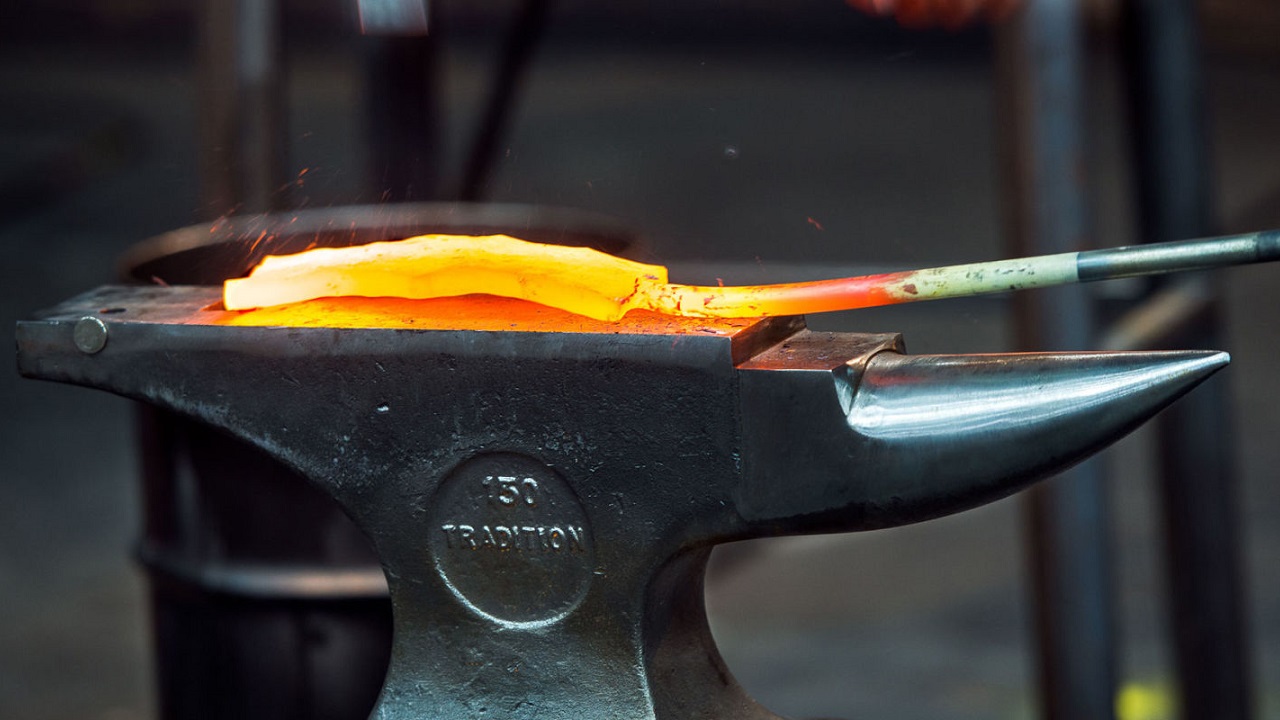
The rhythmic sound of hammer striking metal echoes through workshops worldwide as modern blacksmiths continue the age-old tradition of forging. This transformative process, which dates back to the dawn of civilization, remains an essential craft in today's world, bridging the gap between ancient techniques and contemporary applications.
The Evolution of Forging Technology
Forging has undergone significant transformations since its inception in the Bronze Age. Forging began as a simple process of heating and shaping metal has evolved into a sophisticated manufacturing technique. Early blacksmiths worked primarily with bronze and iron, using basic tools and fire to create weapons, tools, and decorative items. Today's forging operations incorporate advanced machinery, precision controls, and automated systems while maintaining the fundamental principles of metalworking. Modern industrial forging facilities utilize hydraulic and mechanical presses capable of exerting thousands of tons of pressure, alongside sophisticated heating systems and computer-controlled processes. Despite these technological advancements, the basic concept remains unchanged: applying pressure to metal to achieve desired shapes and properties.
The Science Behind the Craft
At its core, forging is a metallurgical process that relies on the manipulation of crystal structures within metals. When metal is heated and worked, its internal grain structure changes, typically resulting in improved strength and durability compared to cast or machined parts. This process, known as work hardening, creates components with superior mechanical properties and fewer internal defects. The temperature at which metal is worked plays a crucial role in the forging process. Hot forging, performed above the metal's recrystallization temperature, allows for easier deformation and requires less force. Cold forging, conducted at room temperature, produces parts with excellent surface finish and dimensional accuracy but requires greater force and is limited to less severe deformations.
Industrial Applications and Economic Impact
The forging industry serves as a cornerstone for numerous manufacturing sectors, including automotive, aerospace, energy, and construction. Forged components are found in everything from car crankshafts and aircraft landing gear to power generation turbines and industrial machinery. The global forging continues to expand, with recent estimates suggesting a value exceeding $85 billion annually. Major automotive manufacturers rely heavily on forged components for critical vehicle parts, where strength and durability are paramount. The aerospace industry similarly depends on forged parts for their superior structural integrity and reliability under extreme conditions. This widespread application across industries has made forging an integral part of the global manufacturing ecosystem.
Environmental Considerations and Sustainability
Modern forging operations face increasing pressure to reduce their environmental impact while maintaining productivity. The industry has responded with innovations in energy-efficient heating systems, improved material utilization, and the development of cleaner production processes. Many facilities now implement waste heat recovery systems and utilize electric furnaces instead of traditional gas-fired units. Recycling plays a significant role in the sustainability of forging operations. Most forged products are made from recycled metals, and the process itself produces minimal waste, as excess material can be recycled back into the production stream. This closed-loop approach helps reduce the industry's environmental footprint while conserving valuable resources.
Artisanal Forging and Cultural Preservation
While industrial forging dominates the manufacturing landscape, there has been a resurgence in traditional blacksmithing as an art form. Contemporary artisans combine historical techniques with modern design sensibilities to create custom metalwork, from architectural elements to fine art pieces. This revival helps preserve traditional knowledge while introducing new generations to the craft. Many universities and technical schools now offer programs in metalworking and blacksmithing, ensuring the transmission of both traditional and modern forging techniques. These programs often emphasize hands-on experience alongside theoretical knowledge, preparing students for careers in both industrial and artistic applications.
Challenges and Future Prospects
The forging industry faces several challenges as it moves forward. Rising energy costs, environmental regulations, and competition from alternative manufacturing methods such as 3D printing present ongoing concerns. However, the unique advantages of forged components, particularly in high-stress applications, ensure the continued relevance of this manufacturing process. Technological innovations continue to shape the future of forging. Advanced simulation software allows engineers to optimize die designs and process parameters before production begins. Artificial intelligence and machine learning applications are being developed to improve process control and predict maintenance needs, while new alloy developments expand the possibilities for forged components.
Quality Control and Standards
The forging industry maintains strict quality control measures to ensure product reliability. International standards govern the production of forged components, particularly for critical applications in aerospace and automotive industries. Non-destructive testing methods, such as ultrasonic inspection and magnetic particle testing, help verify the integrity of forged parts.
Get this report in Japanese Language – 鍛造
Get this report in Korean Language –단조
About Author:
Priya Pandey is a dynamic and passionate editor with over three years of expertise in content editing and proofreading. Holding a bachelor's degree in biotechnology, Priya has a knack for making the content engaging. Her diverse portfolio includes editing documents across different industries, including food and beverages, information and technology, healthcare, chemical and materials, etc. Priya's meticulous attention to detail and commitment to excellence make her an invaluable asset in the world of content creation and refinement.
(LinkedIn- https://www.linkedin.com/in/priya-pandey-8417a8173/)






























